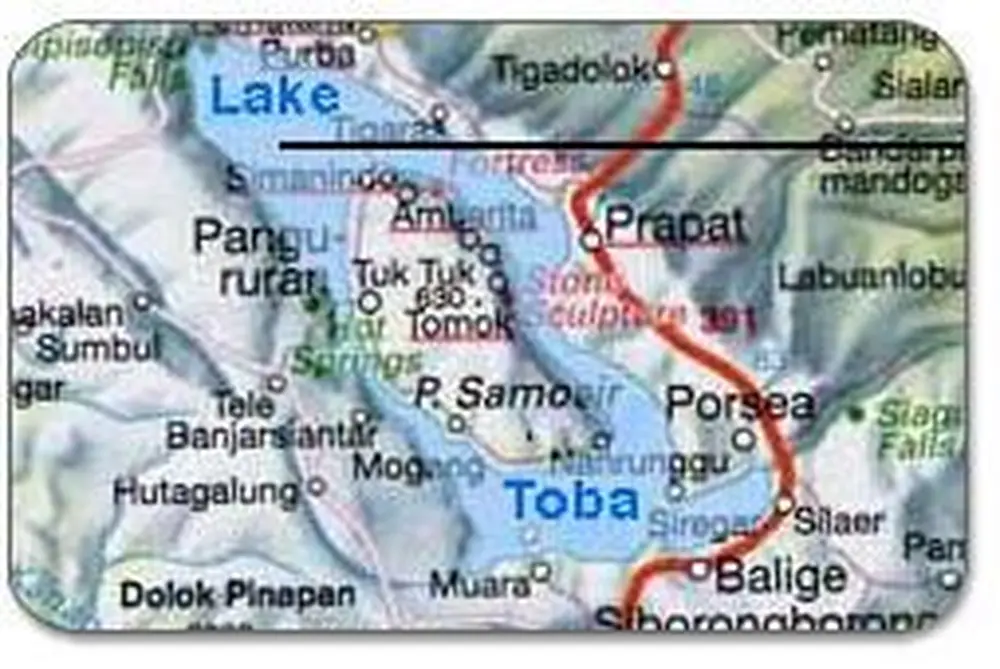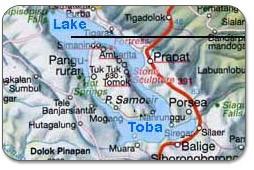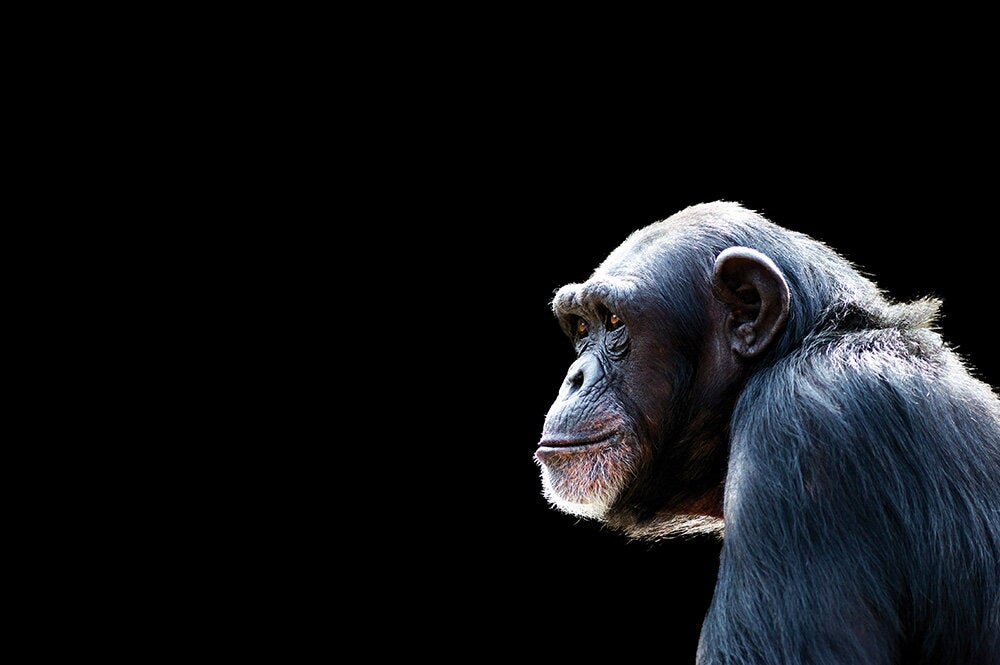

Consequences of the second largest volcanic eruption ever to besiege this planet continue to guide human behavior today. The way we cooperate, share resources, and reciprocate those exchanges are part of our genome and may have been accentuated by the disastrous Toba eruption 73,000 years ago on the Indonesian island of Sumatra.
When Toba blew its geological stack of 670 cubic miles of "dense rock equivalent" into the stratosphere, it shrouded the planet in a suspended haze of sulfur gases and triggered a volcanic winter that lasted six years. These conditions set off a mini ice age, which may have wiped out three-quarters of all plant life. Apparently, only a few thousand people survived, mostly in equatorial Africa.
Stanley Ambrose, LAS professor of anthropology, says those 25,000 souls struggling to endure a cold, dry climate were survivors of a "population bottleneck, a period of time when population size is reduced to a small number of individuals. The human species lost a lot of genetic diversity around the time of Toba's eruption."
Ambrose says the proof for his hypothesis lies in the genes, or more precisely, in our grandmothers' genes. "On the maternal side, everybody alive on Earth today can trace their ancestry to somebody in east Africa who lived around 150,000 years ago."
Geneticists have long been puzzled as to why genetic diversity in human populations is far less than is expected for a species of our age. Instead of having the same genetic diversity as other animals that have been around for 2 million years, "humans have as little as various breeds of dogs and less than most subspecies of chimpanzees," says Ambrose.
The exception to that comparison is one subspecies of chimpanzees that can be traced to, again, east Africa.
If modern humans are indeed the direct descendents of the Toba survivors, then we also share some common human traits. Looking at archeological records, Ambrose concluded that before the Toba eruption, humans were a territorial species who kept to their local groups and were not particularly cooperative. After all, when resources were abundant and reliable, there was no compelling reason to interact with neighbors. That changed when Toba blew its top.
"Right after this eruption, we start to see stone tools being transported long distances from their geological sources-something that had never been seen before. In some sites, up to 95 percent of the artifacts were coming from 40, to 50, to 100 kilometers away. Everybody was going out of their way to develop long-distance exchange relationships with somebody in another area so that when resources failed where they were they would have some place to go."
This pooling of risk in a risky environment was an early type of social security system and guaranteed reciprocal access to territories that would otherwise be off-limits. This sharing may have also required the development of a nuanced way of speaking that moved away from the imperative to a consensus-style of address. This "language of diplomacy" may have also sped along the rate of information exchange between groups.
Ambrose notes, "Toba promoted a new, cooperative way of life that wasn't widely practiced, if at all, before then. Toba made what would be the final step in becoming human like us."
And what happens to non-cooperating groups? Adapt or die appears to be the answer. Ambrose says that violent, imperative-speaking, non-cooperating Neanderthals, for example, became extinct during the last Ice Age because they continued to live in shrinking patches of warm and stable forests in southern Europe. Modern humans were far better organized to invade and exploit Europe's challenging boreal environments.
"Even through this last Ice Age, the Neanderthals lived locally," says Ambrose. "Ninety-five percent of their stone tool materials were from within 10 or 12 miles of their site. They were isolated in patches and just like any large, specialized part of the fauna they eventually went extinct."


